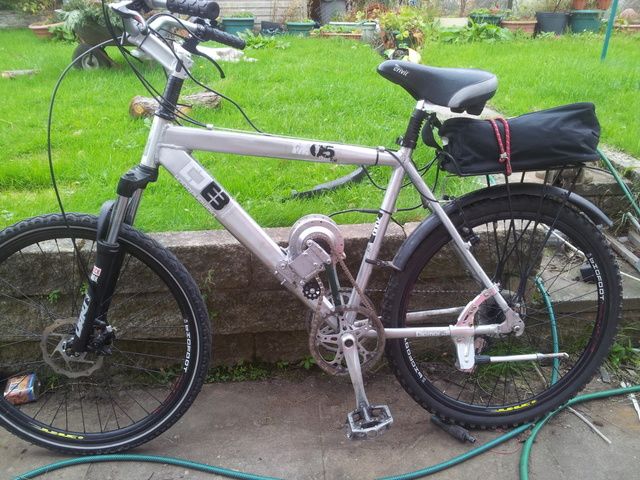Some recent discussion on this forum prompts me to put forward the view that for a limited power and torque motor as we all have, a drive through variable gear ratios is inherently advantageous. It enables climbing the steepest hills ,reaching the highest speeds, and the most efficient use of limited stored energy.The best use of the available power is achieved with a simple throttle control.Sadly, too few crank drive bikes offer this.Only the Tonaro range and the Woosh CD I think.
Interesting that the newest and fastest electric car has a four speed gearbox.
Interesting that the newest and fastest electric car has a four speed gearbox.








